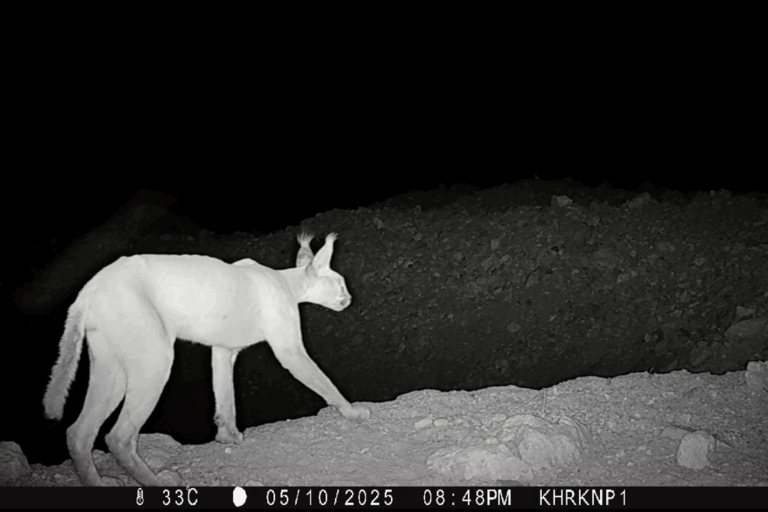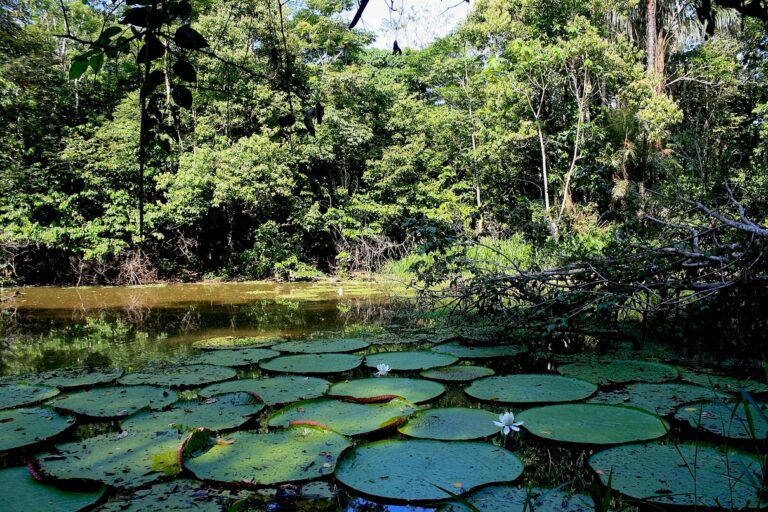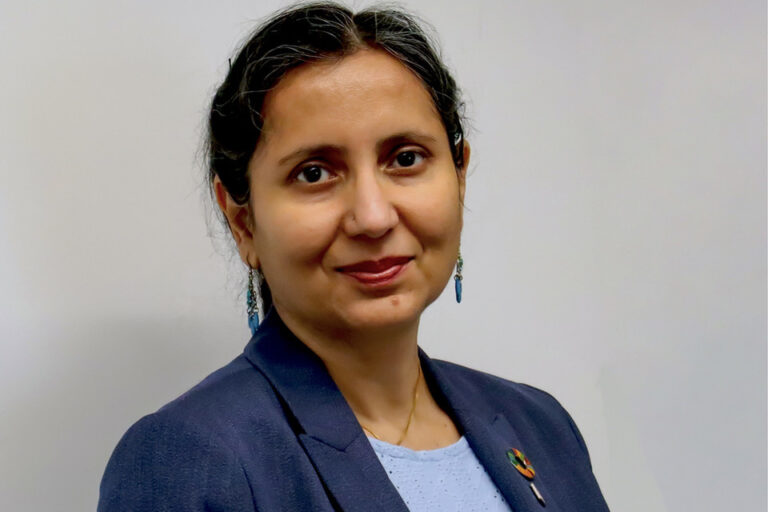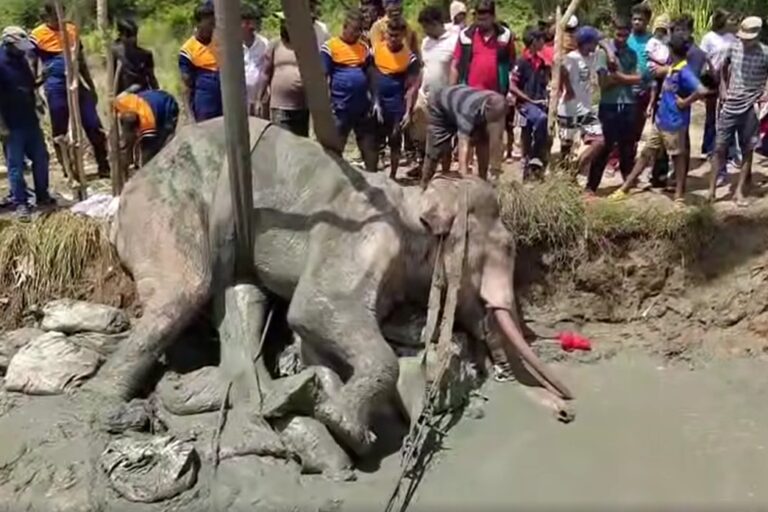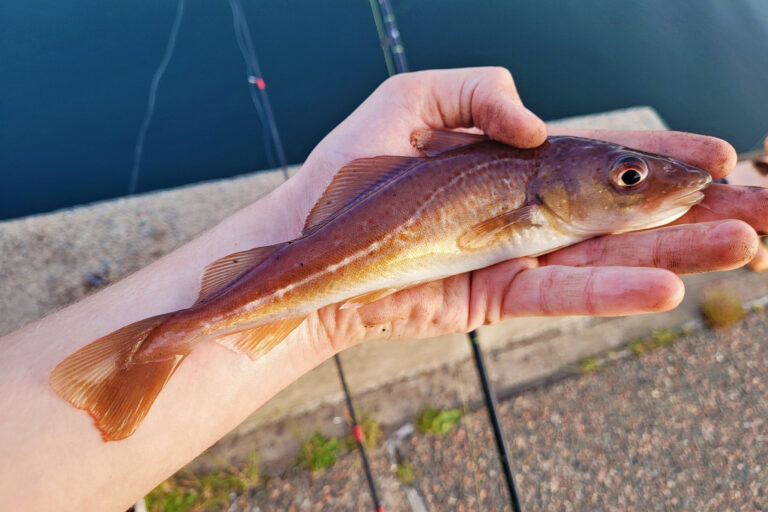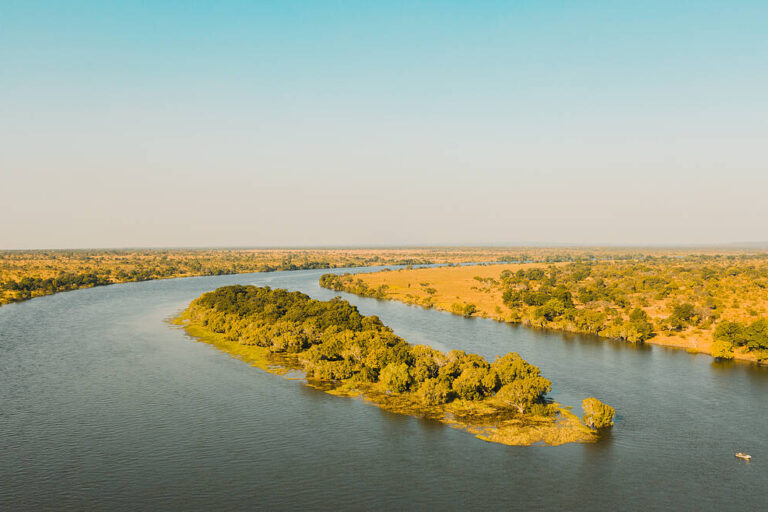- In Kathmandu, residents face the dual challenges of freshwater aquifers running dry, and increasingly unpredictable monsoons causing flash floods.
- The combination of climate change and a rapidly growing urban population is straining an already overwhelmed municipal water system, forcing many residents to have to buy water by the tank at high prices.
- An ambitious project to pipe water to the city from a nearby river was shut down within months of its long-delayed start — a victim of the monsoon floods that destroyed a dam and water treatment plant.
- Another solution being explored is rainwater harvesting, which proponents say should be complemented by restoration of Kathmandu’s green areas and restrictions on drawing groundwater.
KATHMANDU — Stuffed garbage bags float gently down the Bisnumati River in the western part of Kathmandu. The river, sacred to Nepal’s Hindu and Buddhist populations, is one of the main waterways running through the Kathmandu Valley. Brownish water empties from pipes directly into the river: unfiltered sewage from households and factories.
Tour guide Badri Nepal, who grew up in the area, says he remembers swimming in the river as a child. No one would do that now. “The river is filthy. It has no life,” he says.
The Kathmandu Valley is home to about 4 million of Nepal’s 30 million inhabitants, with the dream of making a decent living in the capital drawing many more from rural areas. The resulting urbanization has seen Kathmandu’s population grow by about 7% a year, putting pressure on the city’s already overwhelmed water system.
That pressure is being felt acutely in the supply of clean water to homes. The Kathmandu Valley is often described as an immense sponge, soaking in and retaining water, much of which falls as rain during the annual monsoon. For millennia this water drained into the soil and seeped into the aquifers deep beneath the valley. But with Kathmandu’s urbanization, as the vegetation has been cleared and the ground paved over, less water is making its way into the ground and more is simply washing away, particularly in the form of floods during the monsoon. And with more wells being dug to siphon water out of the ground, the aquifers are fast being depleted.
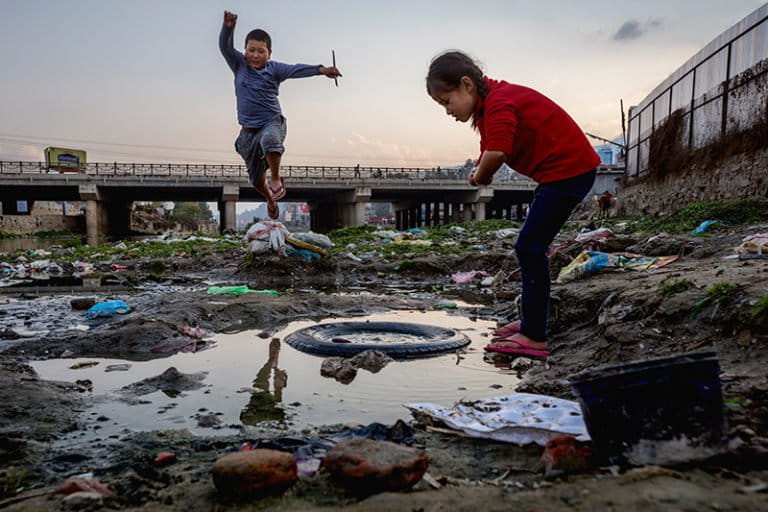
Demand outstripping supply
Kathmandu Upatyeka Khanepani Limited (KUKL), the public utility that manages the city’s water supply, says water demand reached 377 million liters (100 million gallons) per day in 2017. But daily supply is only 120 million liters (32 million gallons) per day in the wet season, and 73 million liters (19 million gallons) in the dry season. The net result has been a draining of the aquifers that has caused the water table to fall on average 80 centimeters (31 inches) a year, exposing the groundwater to contamination such as concentrated nitrates and arsenic. This feeds a vicious cycle that sees Kathmandu’s inhabitants drilling even deeper for fresh water.
The scarcity has even affected the ancient dhunge dhara stone fountains. There are fewer than 300 of these medieval springs left in the valley, and more than half have run dry. These fountains were the first comprehensive water supply system here, meant to alleviate the dry spells and lessen the water pressure during the monsoons. But while the dhunge dhara lost their importance with the introduction of piped water, many people without a connection to the network still rely on this fading system.

At one of the few functioning dhunge dhara, located in Dhobighat in southern Kathmandu, locals wash under the steadily running taps and collect water in plastic tanks.
Tek Karki has maintained the dhunge dhara with its “clean mineral-rich water” for more than two decades. He says he’s witnessed a huge difference in water patterns over that time. “There are fewer taps now. People have drilled their own wells and as they do so, the groundwater is falling,” he says.
Even the annual summer monsoon, which historically ran from June to September, is has been thrown off-kilter by a changing climate. “The monsoon shifts every year nowadays,” Tek Karki says. “It has become irregular. Sometimes it comes early and sometimes late.”
‘People overconsume water’
Shekhar Sijapati was born in the house next door to Tek Karki’s dhunge dhara, and at age 68 still lives here. Like the dhunge dhara, the house had a tap that he remembers as “running 24/7.” Today, however, Shekhar Sijapati and other residents have to abide by water restrictions — cut to a mere 30 minutes every four days.
The well in his back yard is replenished only during the monsoon, so for the rest of the year Shekhar Sijapati and his wife have to buy water in tanks, for which they’re paying ever higher prices. He recalls paying the equivalent of about $5 for 5,000 liters (1,320 gallons), but now pays about $17 for the same amount.
Shekhar Sijapati attributes Kathmandu’s water shortage to the rapid population growth in the valley, along with a modernizing lifestyle.
“When I was a kid, 800,000 people were living here. Now there are over 4 million,” he says. “People overconsume. We take long showers and wash [more] clothes.” Like Tek Karki, Shekhar Sijapati has also noticed a shift in weather patterns. During his childhood, he says, it rained more. The rainy period now is shorter, but more intense. During the torrential rains, the ground can’t absorb the water fast enough, and it ends up in gutters and rivers, leading to floods. “We need to store that water before it’s lost!” he says.
But Shekhar Sijapati and many other Kathmandu residents have little choice but to rely on buying water in tanks from private companies that pump it from the ground. These affiliated groups should compete for consumers but are characterized by unscrupulous pricing and corrupt practices. About 70% of the valley’s households depend on the pipe network as their primary water source, but on average receive water for just 90 minutes every five days from the public utility. About 15% of households depend on privately tanked water. Many of these consumers live in the city’s slum areas, where few households are connected to the piped water grid. Already among Kathmandu’s poorest, they also pay the highest price for water: an average of 40 times what it costs from the utility.

In Balkhu, one of the city’s many slums, fruit seller Lal Pariyar says he spends one-fifth of his earnings on buying fresh water. He used to pay the equivalent of 20 cents for a 25-liter (6.6-gallon) container, but now pays double that. “We have no pipes, no wells. And we are next to a dirty river. So now we have to buy tanked water,” he says.
The water isn’t filtered, and he sometimes finds it’s dirty and contains sediment; residents have fallen sick from drinking it. “But I cannot afford to buy water at the supermarket,” Lal Pariyar says.
Water project derailed by floods
Nepal isn’t short of water, thanks to the monsoon rains and the rivers that bring meltwater down from the Himalayan glaciers and snowpack. One of those rivers is the Melamchi, about 25 kilometers (15 miles) northeast of Kathmandu. The Melamchi Water Supply Project (MWSP) is an ambitious, much-delayed effort to pipe water from the river to the city, with the initial phase of the project expected to supply 170 million liters (45 million gallons) per day, or about half of Kathmandu’s demand; later expansions, drawing from the Yangri and Larke rivers, should triple that amount.
There are also plans to build reservoirs to hedge against the rivers running low in the face of climate change, says Ritesh Kumar Shakya, spokesperson for Nepal’s Ministry of Water Supply.

“Source protection of the existing [water] sources are also initiated, and climate change adaptation and disaster risk reduction have been mainstreamed in water supply projects as a national policy,” Shakya tells Mongabay.
That’s the idea, at least. The initial phase of the MWSP was supposed to go online in July 2020, but delays meant the pipeline only began operating in March 2021. Within months it was shut down, a victim of the increasingly unpredictable monsoon: flash floods in June on the Melamchi and Yangri rivers destroyed MWSP infrastructure, including a dam and water treatment plant. Authorities have scheduled the MWSP to resume supplying water again in April 2022, but even this is in question as no contractor has been appointed yet to finish the work.
Drinking rainwater
For some in Kathmandu, the solution to the city’s water woes may lie in the problem: the rains. Specifically, harvesting rainwater and reusing it. Kathmandu-based organization Smart Paani designs rainwater capture systems for households, schools and businesses. (Paani means water in Nepali.) These systems filter the water and recycle it, with Smart Paani touting water savings of up to 50%. For the typical household, a 5,000-liter tank installed on the roof could collect more than 50% of annual rainfall, providing sufficient water during the monsoon.
Smart Paani co-founder Tyler McMahon says drinking filtered rainwater that’s been harvested from rooftops is a solution that could be scaled up significantly — but people must first overcome their reluctance to drink rainwater. “We need to break the myth that you can’t drink rainwater,” he says.
Even then, rainwater harvesting is only part of the wider solution of green infrastructure, McMahon says. In Kathmandu, green infrastructure calls for restoring the remaining ponds and dhunge dhara, as well as the adjacent forests and other green areas, and limiting the drawing of water from aquifers.
Smart Paani runs one of its water harvesting projects at the Mahalaxmi public school, which, until 2018, had to buy its water from tanker trucks. Now, the school’s 400 students get their fresh water from the rain, collected in a well and filtered before being piped back into the school building.

The school sells surplus water to the local community at a third of the price that the private operators charge for their tanked water. “We now have clean drinking water for ourselves, and at the same time improve the status in society,” says teacher Rashmi Baral.
Another benefit, she says, is that the students bring this green thinking back home.
Among them is Kamala Waiba, 14, who says she’s been persuading her parents to live more sustainably. “I said to them that we must harvest the rainwater,” she says, “so now we collect it from our roof.”
Banner image: Even though Nepal’s capital has major water issues the construction of bigger and more equipped treatment plants is undergoing, which will assist in cleaning up the city’s waterways. Image by Jonas Gratzer for Mongabay.






